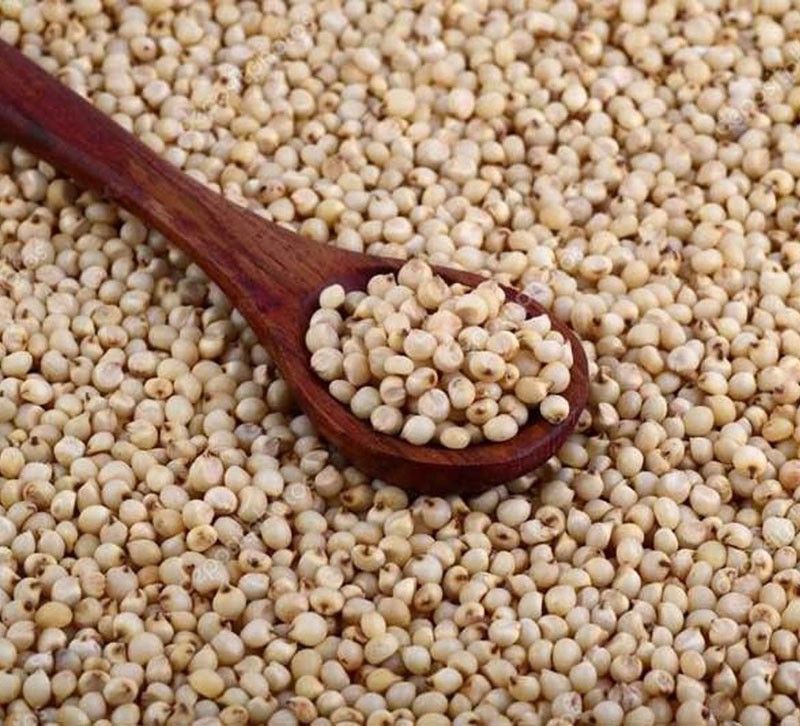DA beefs up sorghum preparation

MANILA, Philippines — The Department of Agriculture continues to expand the production of sweet sorghum, a grain crop used as raw material for feeds, as it trains more local farmers for a more sustainable management of the crop.
According to the Philippine Carabao Center, more than 150 farmers and ruminant raisers in Luzon gained technical know-how on sweet sorghum production management and practices in line with the National Sorghum Development Program (NSDP) launched by the DA.
DA’s National Corn Program technical consultant Candido Damo said the goal of the program is to respond to the global demand for sorghum as livestock and poultry feeds and substitute for the domestically grown corn.
This year, DA is targeting 100,000 hectares for the cultivation and production of sorghum, mostly in ancestral domain areas owned by indigenous people.
Sorghum planting is part of the DA’s Anti-Poverty and Greater Agricultural Productivity Program implemented through the Special Area for Agricultural Development.
“Sorghum can be a reliable source of food, feed, fuel and fertilizer,” Damo said.
PCC executive director Arnel Del Barrio said farmers can harvest 70 metric tons of sorghum per hectare and earn income for its low production cost per kilo. If fed to buffaloes, milk yield will increase because of sorghum’s feed value.
Studies showed that sorghum is a drought-tolerant, hardy, easy-to-propagate and protein-rich crop, which can be used as an alternative raw ingredient for animal feeds.
It could grow well in marginal areas requiring less water and rainfall. It can be harvested every 85 days in three ratoons, a practice of growing a crop from the stubble of previous crop without replanting thus making it cheaper to produce.
Last November, the DA launched the sorghum program which targets an estimated one million hectares to be planted with sorghum over the next three years, focusing initially on unutilized tribal lands owned by indigenous people.
While sorghum is not widely known in the Philippines, it is the world’s fifth largest grain crop, next to rice, corn, wheat and barley. Among the leading producers are the US, Nigeria, India, China and Mexico.
Studies show that the feed value of sorghum grain is similar to corn, making it a good source of energy and protein for feeds for poultry and cattle.
Several years ago, the private sector has planned to pilot test sorghum to lower feed cost and eventually raise the net income of farmers.
The development of sweet sorghum grains as complementary to corn grains is seen to raise the competitiveness of the local poultry and livestock sectors.
The Philippines still imports a significant amount of corn feed and feed wheat as local corn production is still not enough and is even on a downward trend.
- Latest





























